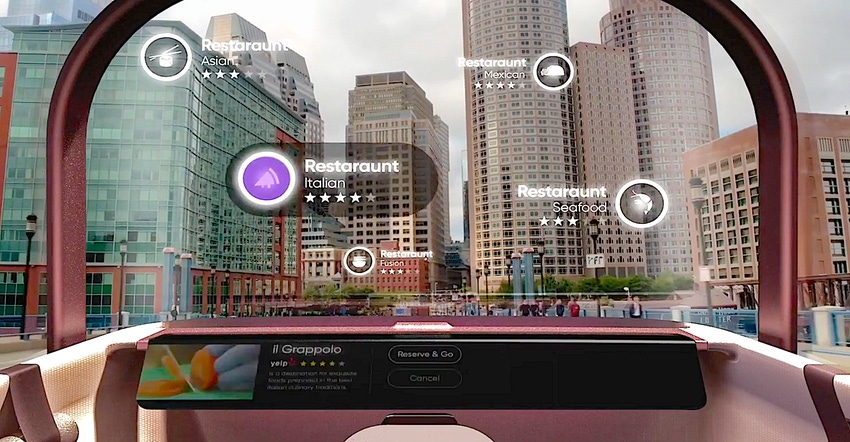The same powerful processors needed for infotainment systems can also power Automatic Driver Assistance System (ADAS) safety systems.

Harman International is well-known for its consumer products, especially its Harman-Kardan and JBL-branded consumer audio equipment. The company is also participating as a supplier to the auto industry for other parts of the future car’s intelligent systems, and it is using its presence in the cockpit as an infotainment supplier as leverage to get into other systems.
Automatic Driver Assistance Systems (ADAS) are an area where the company has trained its sights, and the potential for integrating the infotainment computer with the ADAS computer presents both cost-savings and performance advantages for carmakers who select Harman’s solution, according to Harman vice president and general manager for ADAS and automated driving, Bernhard Pirkl.
Design News spoke with Pirkl about how the consumer electronics giant, now owned by Samsung, aims to make inroads into the market for automotive ADAS systems in addition to infotainment systems.
Design News: What does Harman bring to the market for automatic driver assistance systems?
Bernhard Pirkl: We see in the long-term perspective that these two domains will converge. ADAS and in-vehicle infotainment will come together. Tesla’s architecture already has one box on the electronic control unit (ECU) level. There are two printed circuit boards (PCBs) inside that box, with lower-latency interfaces between the systems on a chip (SoC).
We see digital cockpit ECUs are already in the market. That gives us the opportunity to be in the pole position for ADAS in the digital cockpit. There is a performance improvement opportunity because of reduced latency and it is a cost improvement.

DN: So, because automotive OEMs are already buying your infotainment computers, they would benefit from combining ADAS functions into those systems?
Bernhard Pirkl: I think it is a highly attractive feature. This is what the OEMs need. Global New Car Assessment Program (NCAP) makes ADAS a mandatory system. Vehicle buyers say safety is a must. For these additional comfort features, buyers are willing to pay money.
DN: Can you quantify some of the benefits of integrating these systems?
Bernhard Pirkl: That depends on the basic system setup. A cost savings of 20% is possible in the context of the ECUs. You can imagine an entry-level ADAS ECU can be skipped.
DN: How about performance benefits?
Bernhard Pirkl: I don’t have a figure available. It is mainly about using PCI interfaces between the SoCs rather than FlexRay and Ethernet. There is a high two-digit millisecond reduction in latency. That can be decisive for a forward-looking camera to a head-up display (HUD). It is really painful if the latency causes the image to be later than what the driver sees (through the windshield).
DN: Are there other potential benefits from integrating cockpit systems with safety systems?
Bernhard Pirkl: Through biometrics, we can use the opportunity to detect emotional situations and the driver’s cognitive load. We can see the driver is in stress or heavily loaded.
The two examples are when you drive on a road where you know there are some speed measurements and you see a police car. How to react? Do I have the right speed?
And then for cognitive load, think about parking in a dense garage where you have concrete columns and you need to look in three directions. Then we can personalize or fit how we communicate with the driver (to suit the situation).
About the Author(s)
You May Also Like





